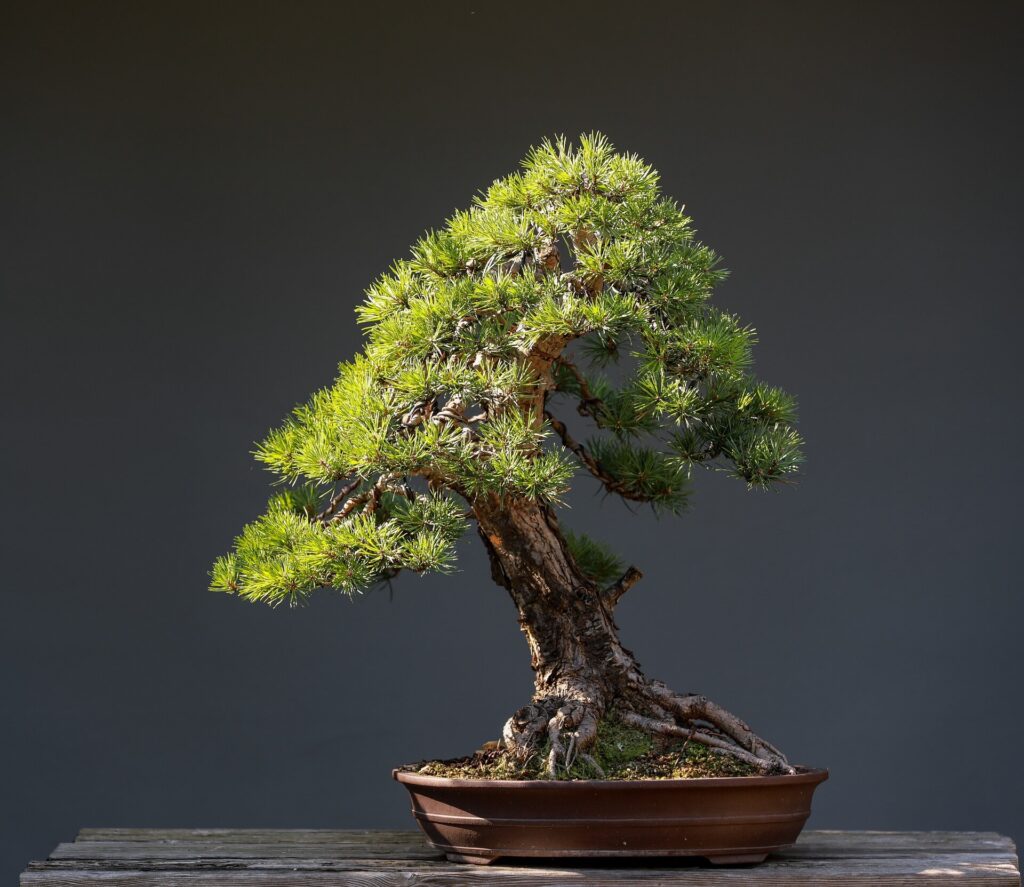Bonsai, the ancient Japanese art of cultivating miniature trees, demands precision, patience, and knowledge. Central to this practice is the art of pruning, which is essential for shaping the tree and maintaining its health. Pruning not only defines the aesthetics of the bonsai but also ensures its long-term vitality. This guide will explore various pruning techniques, offering insights and practical tips to help you create beautifully shaped bonsai trees.

Understanding Bonsai Pruning Techniques
Types of Bonsai Pruning
Bonsai pruning encompasses several types, each serving a specific purpose. The primary types include structural pruning, maintenance pruning, and leaf pruning. Structural pruning focuses on establishing the basic shape of the tree, maintenance pruning involves regular trimming to maintain the shape, and leaf pruning is used to reduce leaf size and increase branch density.
The Importance of Timing in Bonsai Pruning
Timing is crucial in bonsai pruning. Different trees have varying growth cycles, and understanding when to prune is essential. Pruning during the dormant season is often recommended for structural changes, while maintenance pruning can be done throughout the growing season.
Structural Pruning for Bonsai
Establishing the Basic Shape
Structural pruning is the foundation of bonsai design. It involves cutting back large branches to create the initial shape of the tree. This process requires a keen eye for design and a thorough understanding of the tree’s growth patterns. Tools such as concave cutters and branch cutters are essential for this task.
Balancing the Canopy
Achieving a balanced canopy is vital for the aesthetic appeal of a bonsai tree. This involves selectively removing branches to ensure that the foliage is evenly distributed. Careful consideration of the tree’s natural growth tendencies is necessary to maintain harmony in the design.
Dealing with Thick Branches
Thick branches can pose a challenge in bonsai pruning. Techniques such as jin (deadwood creation) and shari (trunk carving) can be employed to integrate thick branches into the design or transform them into artistic elements of the tree.
Maintenance Pruning for Bonsai
Regular Trimming Practices
Maintenance pruning involves regular trimming to keep the tree in shape. This includes pinching back new growth and cutting back branches that have grown too long. The goal is to maintain the overall form and encourage dense foliage.
Pinching Techniques
Pinching is a method used to control new growth and maintain the shape of the bonsai. By pinching off new shoots with your fingers, you can prevent them from elongating and encourage the development of a more compact and bushy canopy.
Managing Leaf Size
Leaf pruning is essential for reducing the size of the leaves, especially in species with naturally large foliage. This technique involves selectively removing larger leaves to promote the growth of smaller ones, enhancing the tree’s miniature appearance.
Advanced Pruning Techniques
Deadwood Techniques: Jin and Shari
Creating deadwood features such as jin and shari adds an aged and dramatic appearance to bonsai trees. Jin involves stripping the bark from a branch to create a deadwood effect, while shari involves carving the trunk. These techniques require precision and should be done carefully to avoid damaging the tree.
Creating Ramification
Ramification is the development of fine branches from larger ones, which is crucial for the detailed structure of a bonsai. This involves regular pruning of the branches to encourage the growth of secondary and tertiary branches, resulting in a dense and intricate network of foliage.
Seasonal Pruning Practices
Spring Pruning
Spring is a critical time for bonsai pruning. As the tree begins to grow, it is the ideal time for structural pruning and repotting. Spring pruning helps set the stage for the growing season and ensures that the tree has a strong framework.
Summer Pruning
During the summer, maintenance pruning is essential to control vigorous growth. This is also a good time to perform leaf pruning on deciduous trees. Summer pruning helps maintain the shape of the bonsai and promotes healthy foliage.
Autumn Pruning
Autumn pruning involves preparing the tree for dormancy. This includes removing any dead or diseased branches and performing light structural pruning. Autumn is also a good time to apply wiring techniques to shape the tree.
Winter Pruning
Winter is a dormant period for most bonsai trees, making it an ideal time for major structural changes. Pruning during this time allows the tree to heal before the growing season begins. It is also a good time to inspect the tree for any issues that need to be addressed.